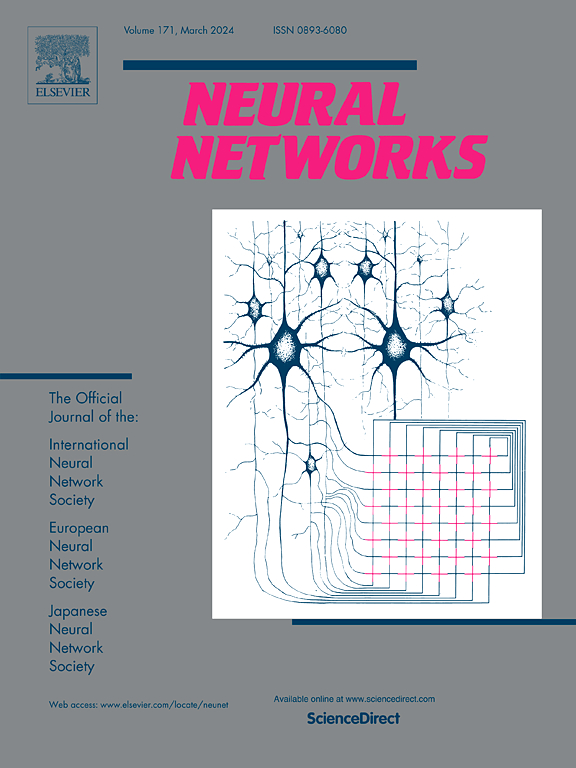ChatDiff: A ChatGPT-based diffusion model for long-tailed classification
IF 6.3
1区 计算机科学
Q1 COMPUTER SCIENCE, ARTIFICIAL INTELLIGENCE
引用次数: 0
Abstract
Long-tailed data distributions have been a major challenge for the practical application of deep learning. Information augmentation intends to expand the long-tailed data into uniform distribution, which provides a feasible way to mitigate the data starvation of underrepresented classes. However, most existing augmentation methods face two significant challenges: (1) limited diversity in generated samples, and (2) the adverse effect of generated negative samples on downstream classification performance. In this paper, we propose a novel information augmentation method, named ChatDiff, to provide diverse positive samples for underrepresented classes, and eliminate generated negative samples. Specifically, we start with a prompt template to extract textual prior knowledge from the ChatGPT-3.5 model, enhancing the feature space for underrepresented classes. Then using this prior knowledge, a conditional diffusion model generates semantic-rich image samples for tail classes. Moreover, the proposed ChatDiff leverages a CLIP-based discriminator to screen and remove generated negative samples. This process avoids neural network learning the invalid or erroneous features, and further, improves long-tailed classification performance. Comprehensive experiments conducted on long-tailed benchmarks such as CIFAR10-LT, CIFAR100-LT, ImageNet-LT, and iNaturalist 2018, validate the effectiveness of our ChatDiff method.
ChatDiff:基于 ChatGPT 的长尾分类扩散模型。
长尾数据分布一直是深度学习实际应用的一大挑战。信息增强旨在将长尾数据扩展为均匀分布,这为缓解代表性不足类别的数据饥渴提供了可行的方法。然而,现有的大多数增强方法都面临两个重大挑战:(1)生成样本的多样性有限;(2)生成的负样本对下游分类性能产生不利影响。在本文中,我们提出了一种名为 ChatDiff 的新型信息增强方法,为代表性不足的类别提供多样化的正样本,并消除生成的负样本。具体来说,我们从一个提示模板开始,从 ChatGPT-3.5 模型中提取文本先验知识,从而增强代表性不足类别的特征空间。然后,利用这些先验知识,条件扩散模型为尾部类别生成语义丰富的图像样本。此外,拟议的 ChatDiff 还利用基于 CLIP 的判别器来筛选和移除生成的负样本。这一过程避免了神经网络学习无效或错误的特征,进一步提高了长尾分类性能。在 CIFAR10-LT、CIFAR100-LT、ImageNet-LT 和 iNaturalist 2018 等长尾基准上进行的综合实验验证了我们的 ChatDiff 方法的有效性。
本文章由计算机程序翻译,如有差异,请以英文原文为准。
求助全文
约1分钟内获得全文
求助全文
来源期刊

Neural Networks
工程技术-计算机:人工智能
CiteScore
13.90
自引率
7.70%
发文量
425
审稿时长
67 days
期刊介绍:
Neural Networks is a platform that aims to foster an international community of scholars and practitioners interested in neural networks, deep learning, and other approaches to artificial intelligence and machine learning. Our journal invites submissions covering various aspects of neural networks research, from computational neuroscience and cognitive modeling to mathematical analyses and engineering applications. By providing a forum for interdisciplinary discussions between biology and technology, we aim to encourage the development of biologically-inspired artificial intelligence.
 求助内容:
求助内容: 应助结果提醒方式:
应助结果提醒方式:


